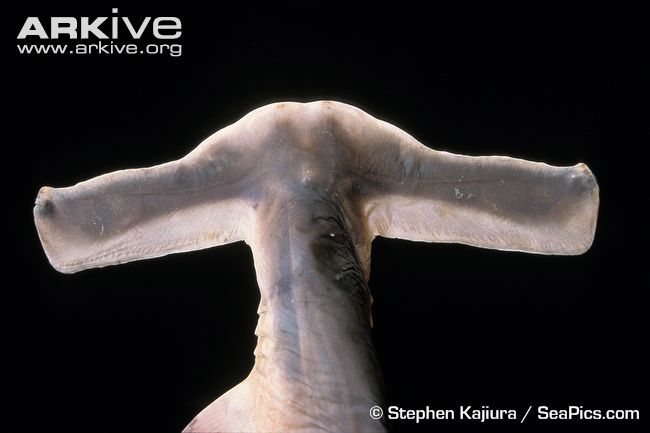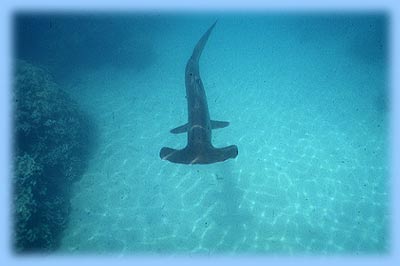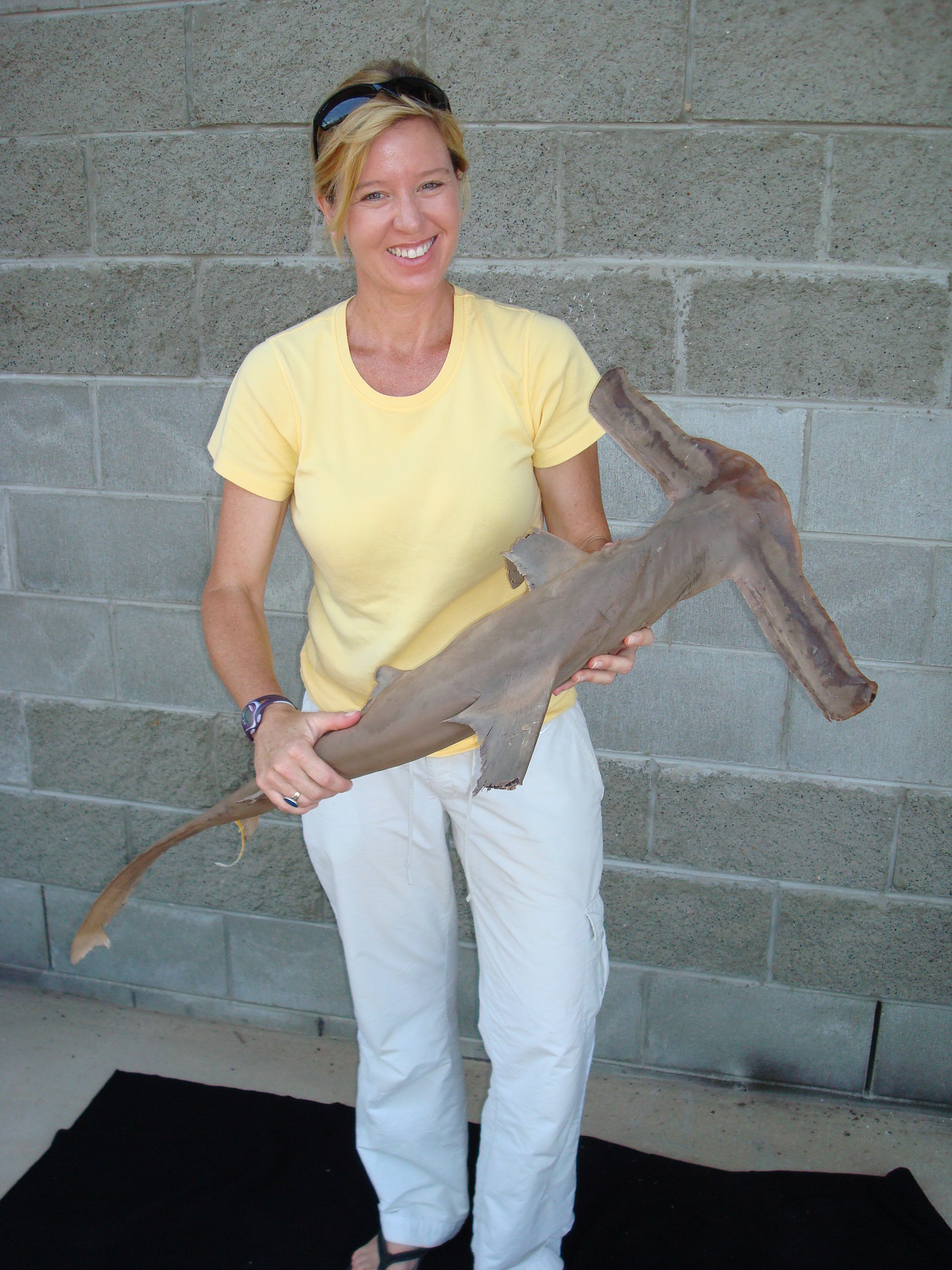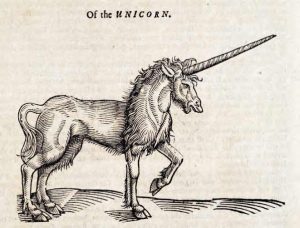The Wonderfully Weird Winghead Shark
Everyone knows that hammerhead sharks are one of nature’s strangest creatures; a head shaped like a hammer? Ridiculous. The winghead shark, however, takes the joke one step further.
The winghead shark (Eusphyra blochii) belongs to the hammerhead family and often grow to over 6 ft in length; their mighty winged head can sometimes be half as long as their total length.
As with the rest of the hammerheads, the winghead shark’s impressive head is assumed to improve its sensory arsenal. Just so you know, the proper name for its hammer-like head is cephalofoil. These cephalofoils are thought to assist hammerheads in a few of ways.
Firstly, their eyes are spread far apart to give it a wider visual array. Secondly, the nostrils are long and spread out across the front of the cephalofoil meaning it can probably smell in stereo, which gives it a significant head start when sniffing out supper. Each nostril is longer than its entire mouth.
Thirdly, sharks are electrosensitive and can detect the minute electrical signals that pump out of prey items’ muscles. This enlarged cephalofoil is rich with electrosensitive cells, called ampullae of Lorenzini, making it incredibly sensitive to the location of lunch.
Lastly, the lateral line in hammerhead sharks runs along the length of its head. The lateral line is a mechanoreceptive structure that detects pressure waves in the water around the shark. This enables it to detect anything moving in its vicinity just from the swell and ebb of the water around it.
All in all, you don’t want to be a prey item anywhere near a winghead shark.
It’s also a possibility that the long head is used almost as an extra fin, giving it the ability to turn on a tuppence when chasing after nippy fishies.
Hammerhead’s heads come in a multitude of lengths and girths, it was originally believed that the more stunted the heads, the more primitive the species. However, egnetic studies have recently shown that the reverse seems to be true.
The species with the widest, most pronounced heads are in fact the more ancient species, making the winghead sharks the oldest of the bunch.
The winghead shark is found in the tropical western Indo-Pacific, from the Persian Gulf eastward across South and Southeast Asia to New Guinea and northern Queensland. Its range extends as far north as Taiwan and as far south as the Montebello Islands off Western Australia.
Winghead sharks are harmless to humans, but due to overfishing, especially in Southeast Asia, they seem to be on the decline. The winghead are fished for food, but also the fins (which are particularly large compared to their body size) and reach fine prices in China; their liver is used to produce a vitamin oil and the offal is used as fishmeal.
Currently, the winghead shark is considered “Near Threatened”.
MORE OCEANIC ODDITIES
THE SAILFISH – FASTEST FISH IN THE SEA
SHEEPSHEAD FISH HAS HUMAN TEETH

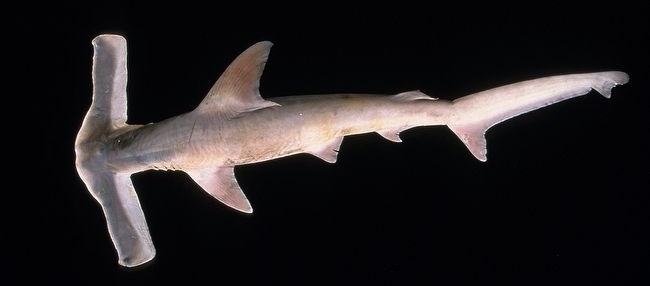
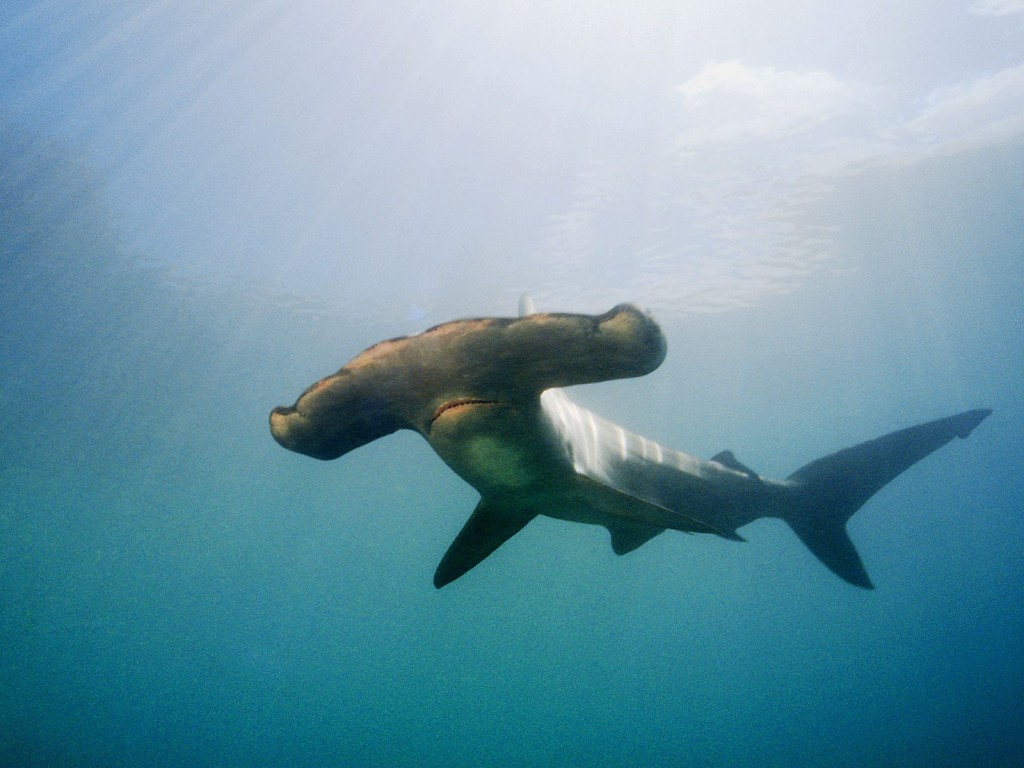
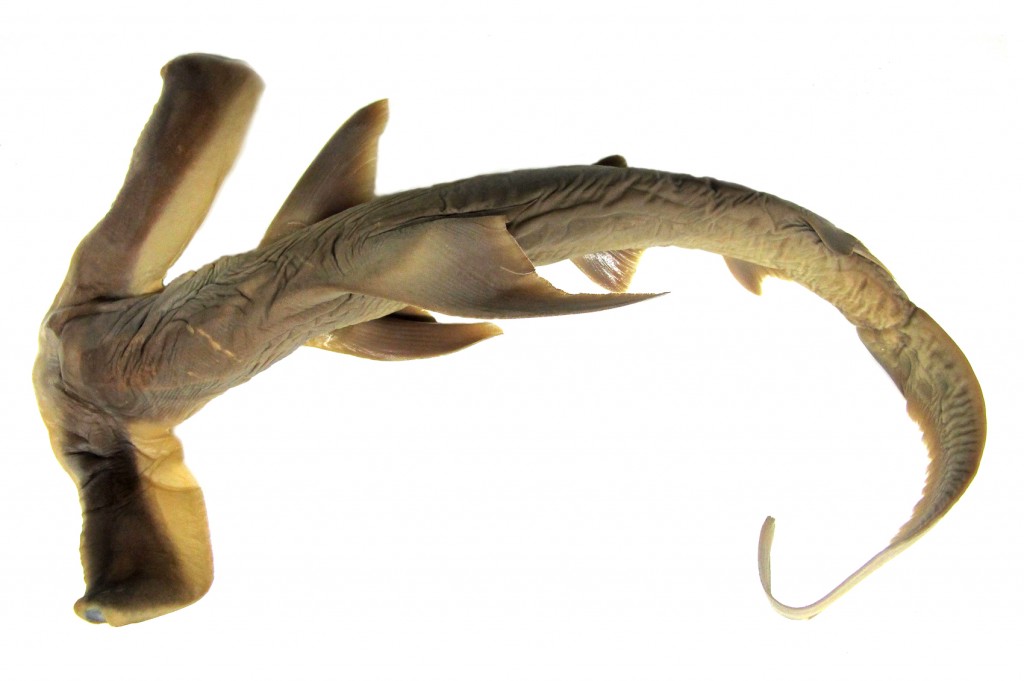
![Winghead Shark - X-Ray]](https://www.lazerhorse.org/wp-content/uploads/2014/10/Winghead-Shark-X-Ray.jpg)
